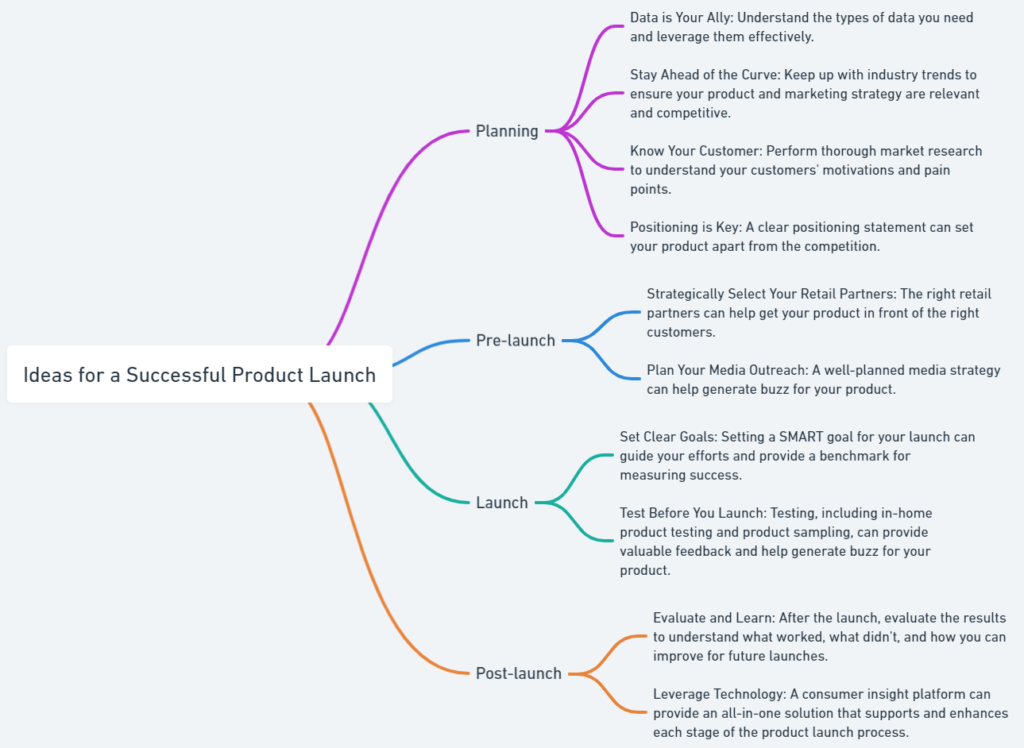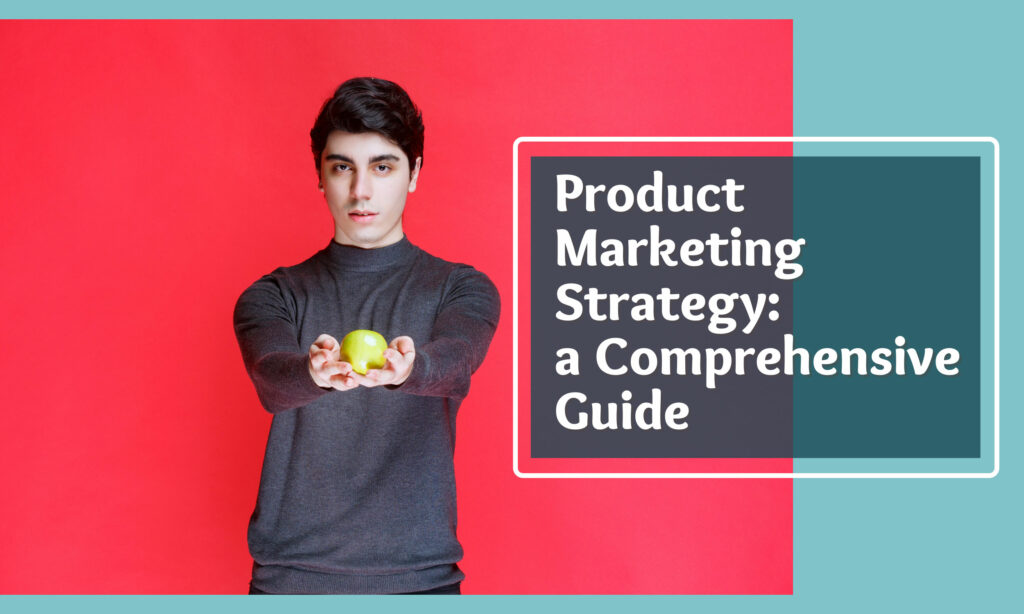Launching a new product is a complex and critical task that requires meticulous planning and execution. For Consumer Packaged Goods (CPG) brands, the stakes are even higher due to the intense competition and rapidly changing consumer preferences. This article provides a comprehensive checklist to guide CPG brands through a successful product launch.
Planning
Data is Your Ally: In today's digital age, data-driven decision-making is crucial. Understand the types of data you need, such as market trends, consumer behavior, and competitor analysis, and leverage them effectively to inform your product development and marketing strategy.
Stay Ahead of the Curve: The CPG market is dynamic and constantly evolving. Keep up with industry trends and technological advancements to ensure your product and marketing strategy are relevant and competitive.
Know Your Customer: Perform thorough market research to understand your customers' motivations, preferences, and pain points. This insight is invaluable in developing a product that meets their needs and exceeds their expectations.
Positioning is Key: A clear positioning statement that communicates your product's unique value proposition can set it apart from the competition. Ensure that your product's positioning aligns with your brand identity and resonates with your target audience.
Pre-launch
Strategically Select Your Retail Partners: Choosing the right retail partners is crucial for your product's success. It's about finding those who can effectively reach your target customers. Consider their market reach, customer demographics, and alignment with your brand values. Also, assess their customer relationships, promotion strategies, and online presence. These factors will help you select partners who won't just sell your product but champion it. Remember, your retail partners are an extension of your brand, so choose wisely.
Plan Your Media Outreach: A well-planned media strategy can help generate buzz for your product. Identify the most effective channels to reach your target audience, such as social media, email marketing, PR, or influencer marketing, and create a media plan that coordinates your messaging across these channels.
Launch
Set Clear Goals: Setting a SMART (Specific, Measurable, Achievable, Relevant, Time-bound) goal for your launch can guide your efforts and provide a benchmark for measuring success. Your launch goal could be related to sales, market share, brand awareness, or customer engagement.
Test Before You Launch: Testing is a critical step in the product launch process. It's not just about ensuring the product works as intended, but also about understanding how it fits into the lives of your consumers.
In-home product testing is a valuable approach. By providing a sample of your product to a group of consumers to use in their own homes, you gain insights into how consumers interact with your product in a real-world setting. This can reveal any issues or improvements that may not be apparent in a controlled testing environment.
Product sampling is another effective strategy. It allows consumers to try your product before they buy it, which can generate buzz and anticipation for your product launch. It also provides an opportunity for you to gather feedback and make any necessary adjustments to the product or your marketing strategy.
Remember, testing is not just about identifying problems. It's about understanding how your product is used and perceived by consumers. This can provide invaluable insights that can inform your marketing strategy and help ensure a successful product launch.
Post-launch
Evaluate and Learn: After the launch, evaluate the results against your launch goal to understand what worked, what didn't, and how you can improve for future launches. This could involve analyzing sales data, customer feedback, media coverage, and social media engagement.
Leverage Technology: A consumer insight platform like Peekage can provide an all-in-one solution that supports and enhances each stage of the product launch process. From market research and data analysis to media planning and performance tracking, leveraging technology can streamline your product launch process and drive better results.
Remember, every product and market is unique, so adapt this checklist to fit your specific needs and circumstances. With careful planning, thorough preparation, and continuous learning, you can navigate the complexities of a product launch and set your product up for success.

Conclusion
Launching a new product is a complex process that requires careful planning, strategic decision-making, and continuous learning. By following this comprehensive checklist, CPG brands can navigate the complexities of a product launch and set their product up for success. Remember, every product and market is unique, so adapt this checklist to fit your specific needs and circumstances. With the right preparation and execution, your product launch can be a powerful catalyst for growth and a significant milestone in your brand's journey.




